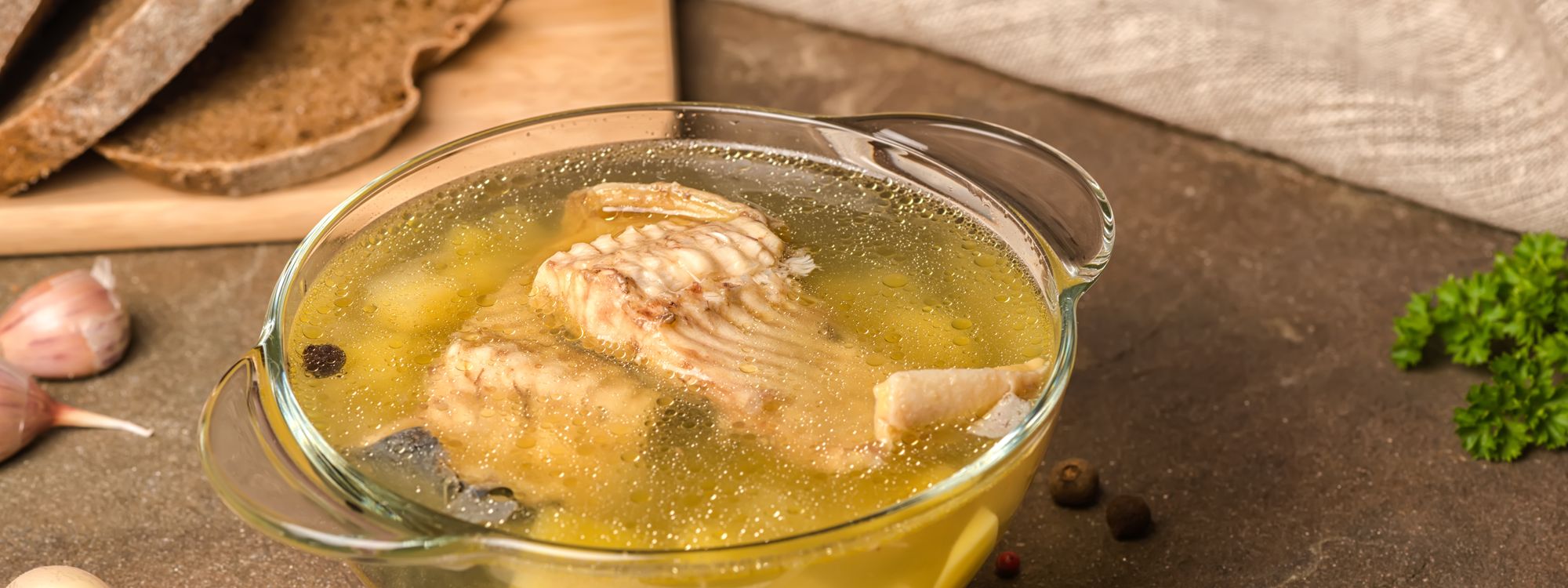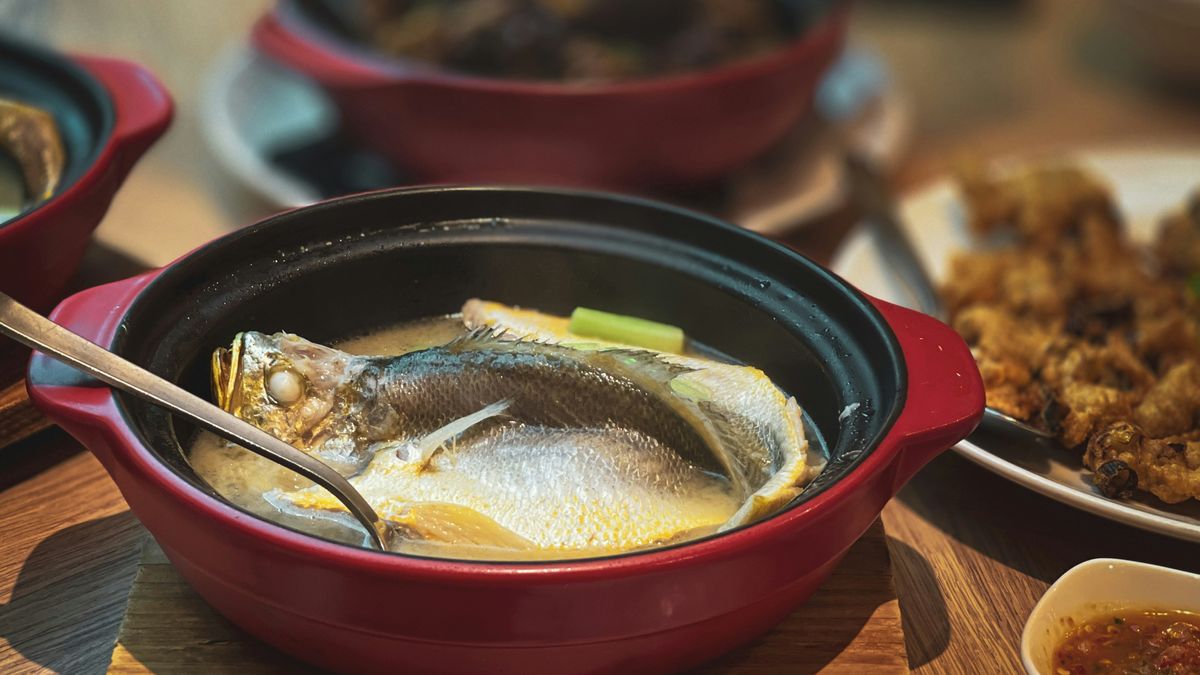
Fish stock, a clear cooking base, is derived from the reduction of liquids obtained during the processing of seafood, such as fish, crustaceans, and molluscs. This culinary invention was designed to utilize processing scraps, thus minimizing waste. Its primary role is to enhance the flavor of various recipes.
Fish stock is not confined to seafood alone. It is a unique method of preparing a distinct cooking stock that differs from simple broths and intense brown stocks. It is also possible to prepare meat and mushroom stocks using similar techniques.
The term "fish stock" is derived from the French word "fumet," which refers to the aroma exuded by dishes during cooking or serving. The fish stock is typically aromatic, requiring browning and nuance with wine. The heat and steam induced by the nuance may have contributed to the choice of the term "fumet."
Pinpointing the origin of the fish stock recipe or technique is challenging. It is a characteristic base of French cuisine, included among cooking stocks. However, it does not require thickening using starches, flours, or roux, giving it a consistency closer to a full-bodied broth. The fish stock is "reduced" but not "bound," a crucial characteristic that clearly defines it.
Fish stock is virtually calorie-free. The fat stains visible on the surface, also known as "eyes," are insignificant unless the liquid is used as a consommé. The energy intake of the dish primarily depends on the seasoning fat used for the sauté.

Fish releases a small quantity of fats, peptides, and free amino acids, but these are not of significant importance. The fish stock contains a minor portion of salt and vitamins, but all the thermolabile molecules, including certain phenolic antioxidants in vegetables, do not resist heat treatment and tend to degrade.
It's important to note that while it's acceptable to use processing waste or less fresh ingredients, it's strictly advised against using deteriorated ingredients. Some microorganisms or components of them, especially endotoxins, boast such thermal resistance that they remain unharmed when boiled.
The variations of fish stock recipes are as many as the ingredients available. However, the technique remains more or less the same. The ingredients for fish stock can include fish bones and heads and/or shells of crustaceans, garlic, leek, onion, parsley leaves, black peppercorns, butter, dry white wine, and water.
The procedure involves melting and heating the butter or oil in a saucepan, browning all the vegetables by gently frying them, adding the bones and/or shells, and once everything is golden and dry, adding the alcoholic drink. Once the alcohol has evaporated and everything has dried, add the already boiling water, the black pepper, and the aromatic herbs. The mixture is then left to reduce to the desired quantity/concentration and, if necessary, skimmed. The final step involves filtering through a Chinese strainer, leaving it to rest, and possibly filtering with a squeezing cloth. The stock can be stored in the refrigerator for 1 to 2 days, or frozen.
Certain precautions and warnings are also necessary when preparing fish stock. It is strongly advised against leaving the gills attached to the fish's head as they tend to produce a lot of foam and give off a rather strong odor. The same goes for the kidneys, the intraperitoneal organs, and the peritoneum.
Remember that preserved crustaceans tend to develop a rather pungent smell of ammonia early on, and that blue fish are not particularly suitable for this recipe due to their very intense omega 3 flavor. Aromatic vegetables such as garlic, leek, and onion change their flavor considerably if charred, so it's important to be careful. If time is short and a very high heat source is used, it's better to add a little cold water before frying.
The overall quantity of aromatic herbs and spices must always be limited. Regardless of the number of ingredients used, they should not overpower the specific scent of the fish.